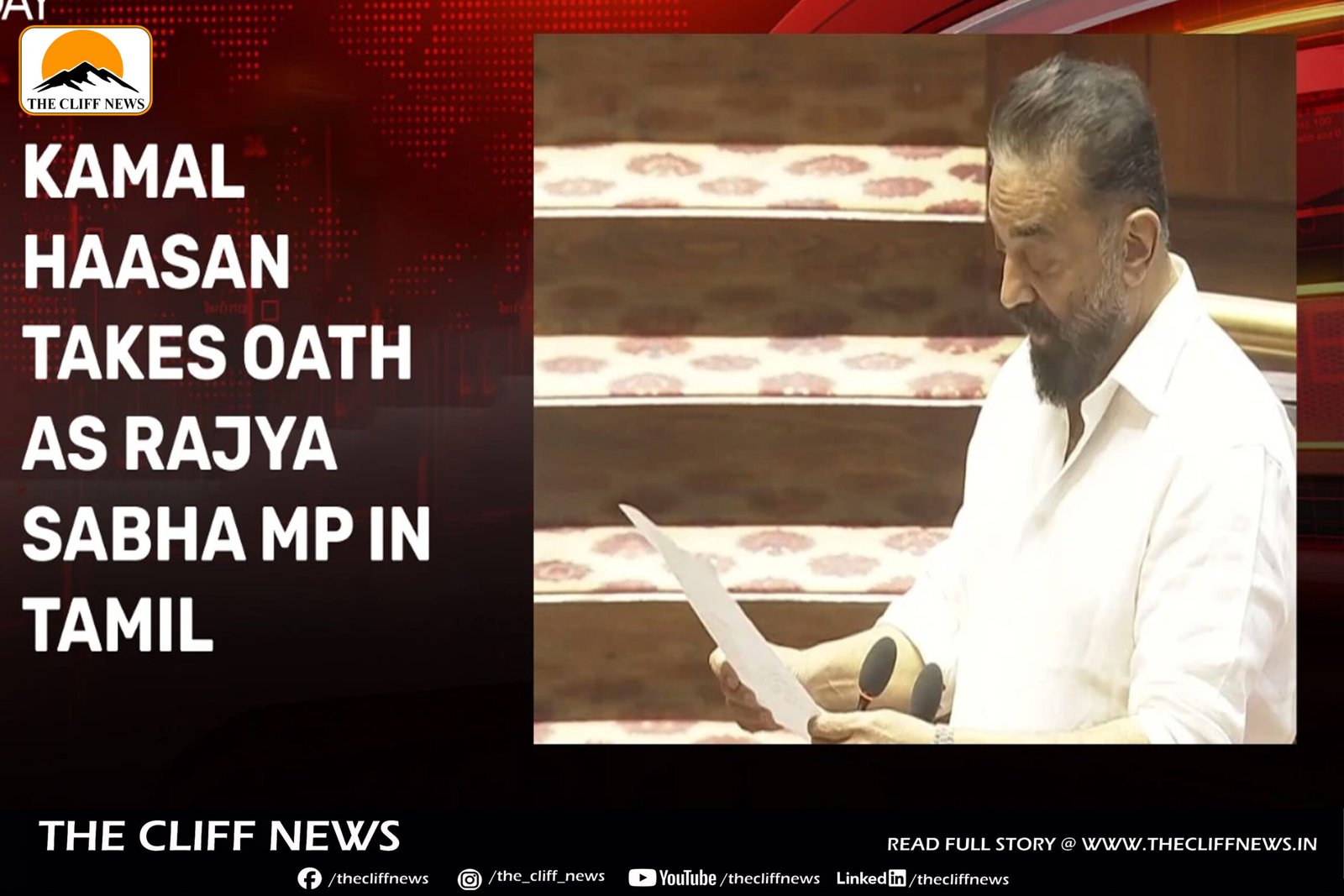India’s economic growth may take a hit of 20-40 basis points (bps) in the current financial year following the imposition of new 26% U.S. tariffs, potentially prompting the Reserve Bank of India (RBI) to cut interest rates more aggressively than previously expected, analysts said.
The tariff decision, announced by U.S. President Donald Trump on Wednesday, is seen as a major challenge to India’s growth outlook, putting pressure on the RBI’s growth projection of 6.7% and the government’s Economic Survey forecast of 6.3%-6.8% for FY 2025-26.
Growth Forecasts Revised
Following the tariff move:
- Goldman Sachs lowered its India growth forecast to 6.1% from 6.3%.
- Citi estimated a 40 bps drag, both directly and indirectly.
- QuantEco Research, based in Mumbai, pegged the impact at 30 bps.
The Indian economy already slowed to an estimated 6.5% in FY24, the lowest in four years, due to high inflation, weaker urban demand, and tighter RBI credit norms.
Rate Cuts Now Expected to Deepen
With inflation projected at 4.2% — within the RBI’s comfort zone — and downside risks to growth mounting, economists now anticipate:
- A 25 bps rate cut to 6.00% at the April 7-9 MPC meeting.
- Up to 75 bps of cuts this financial year, lowering the repo rate to 5.5%, the lowest since August 2022.
Previously, analysts had forecast only one more rate cut to 5.75% by August before a pause.
“This would be an appropriate risk minimization strategy,” said Citi’s India Chief Economist Samiran Chakraborty, emphasizing the lower upside risk to inflation relative to growth.
The RBI, under new Governor Sanjay Malhotra, has already taken steps to ease liquidity and delay stricter lending norms, providing some relief to credit growth.
Policy Space and Government Support
The MPC’s February commentary suggested there is space to support growth while staying aligned with inflation goals. Meanwhile, the government has:
- Rolled out tax relief for individuals earning up to ₹1.2 million annually in its February budget.
- Ruled out broad stimulus but remains open to targeted interventions for stressed sectors.
“India sees no need for an economy-wide stimulus at this stage,” a government source told Reuters.
Broader Implications
Vivek Kumar of QuantEco Research noted the shifting global trade landscape could push policymakers worldwide to focus on reviving domestic consumption. For India, this could mean interest rate easing and a weaker rupee in the months ahead.



